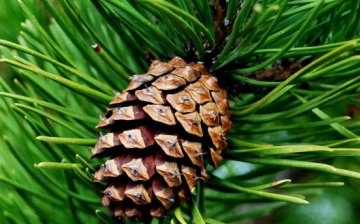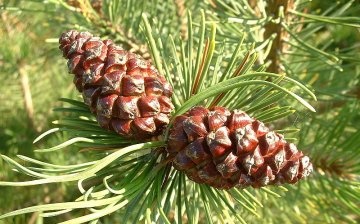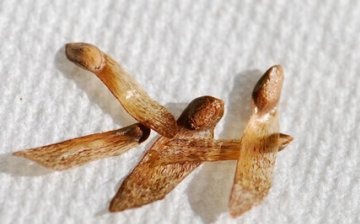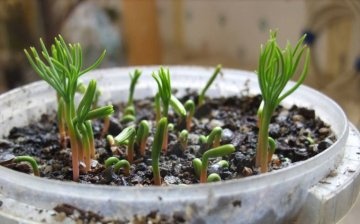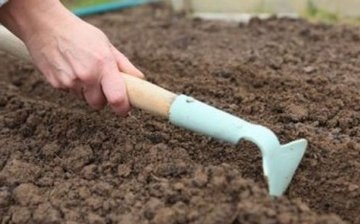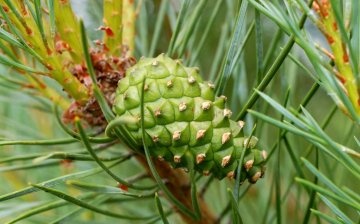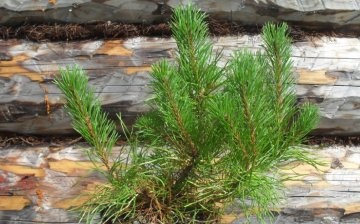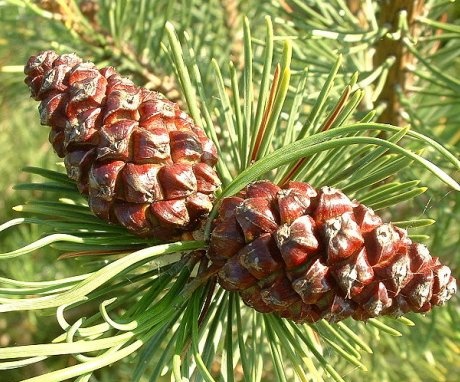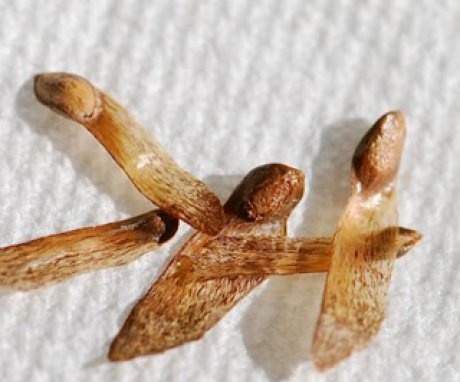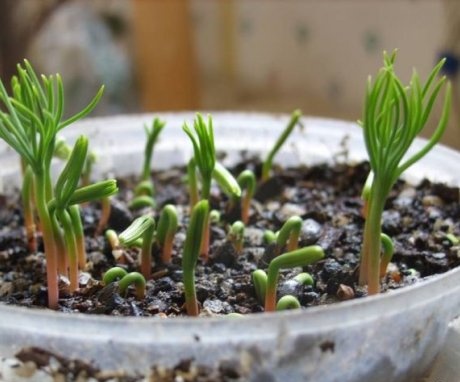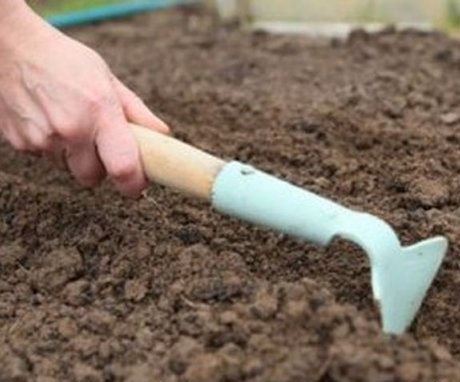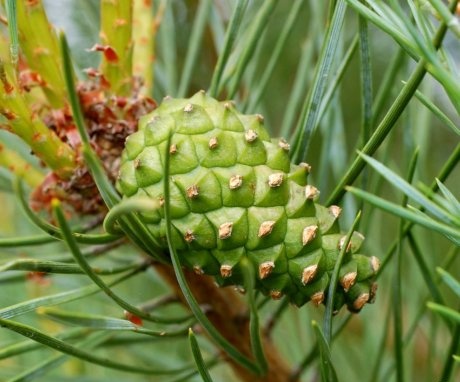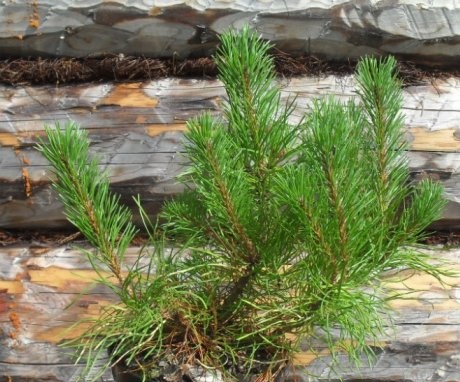How to grow pine from seed - from planting to grooming
Pines belong to conifers and have many species. And although the tree is unpretentious in care, growing it from seeds is quite problematic. This process is very long and difficult, therefore it will require a lot of patience and strength. First of all, you should take into account the climatic zone and choose the appropriate type of pine.
When deciding to plant pine in the garden, you should choose the right type and variety of tree. To do this, you need to take into account not only the region and climate, but also the size of the future pines and the site itself.
Content:
- Species and varietal diversity of pines
- How to prepare planting material and land
- Pine seed planting rules
- Planting pine seeds in open ground
- How to care for young pine trees
- Planting pine seedlings
Species and varietal diversity of pines
The pine genus is one of the oldest representatives of conifers. Its age is counted in thousands of years and dates back to the period of the dinosaurs.
The genus of pines (pinus) is the offspring of the pine family (pinaceae), which includes about a hundred species and varieties. Fifty of them grow in the wild in the climate of the middle zone. For convenience, the species diversity of pines is usually divided by size.
For tall ones, which reach a height of ten meters or more. This includes:
- ordinary pines;
- Crimean or Pallas
- European cedar and Korean cedar
- black or Austrian pines
- white or japanese
Dense or grave:
- pines are yellow or Oregon.
Medium-sized - the size of which ranges from three to nine meters (mountain and cedar elfin trees). They are also represented by medium-sized varietal groups of tall representatives:
- Scots pines (Vatereri), which grow up to six meters and have the shape of a shrub or Fastigiata - a slow-growing tree with branches looking up
- European cedar - Columnaris, which grow slowly and have vertical, upward branches
- black or Austrian - Select with wide conical crowns and slow growth rates
Stunted or dwarf, which do not step over a three-meter height. Such varieties are inherent in almost all species, but are especially common in mountain pine and are represented by:
- Gnome - with a neat small rounded crown
- Mini Pug - in the form of a wide symmetrical bush
- Lauriom - comes in various forms
This is far from all representatives of the pine genus, and such a variety of species and varieties allows you to choose conifers to your taste, taking into account the availability of space and the climate of the area.
How to prepare planting material and land
Stock up on pine seeds can be in the forest or in a proven nursery. When collecting cones yourself, you need to take into account some features. Pine cones mature in the fall, but some species can remain viable until spring. Pine cones are male and female. The latter are larger and grow much higher.
It is necessary to choose cones of brown or lilac color, in which the seeds have already matured.
The collected material should be placed in a room in the sun to dry so that the scales open and release the seeds. With an increase in temperature, the process will go faster, but in order not to destroy the seed material, you should not heat the cones more than 45 degrees.
To test the germination of seeds, they should be placed in a container of water and those that slowly sink are suitable for sowing. After the test, the pine seeds should be dried and stored in a dry place until planting.
Pine seed planting rules
Before sowing, in a day, the seed material should be properly prepared. To do this, it is placed in a strong solution of potassium permanganate. After that the seeds germinatewrapped in a dampened cloth for two to three weeks. The germinating seeds will break in half and the root will begin to grow.
Features of planting seeds:
- Planting is carried out in individual containers, which are equipped with good drainage and filled with pine soil mixture, which can be prepared independently by mixing chopped pine bark and sphagnum in a 4: 1 ratio.
- The seeds must be carefully slightly buried without damaging the fragile roots and moisten the ground with a spray bottle.
- The containers should be placed in a sunny place and the soil moisture should be maintained at all times.
The seeds will begin to germinate in a few months, but by mid-spring the sprouts should hatch. When they reach 20-35 cm, they can be transplanted to a permanent place. But many gardeners recommend planting pine seedlings earlier than a year or two to increase the chances of survival.
Planting pine seeds in open ground
You can also land seed into open ground. But only in those regions where there are no severe winter frosts, otherwise the trees may die. For such a planting, the largest seeds should be selected, which are soaked for several days in water, changing it daily.
Landing rules:
- Seed material is distributed in wide rows at intervals of 10-15 cm. The sowing depth should be at least three centimeters.
- After the procedure, the soil should be compacted and covered mulch... It should be remembered that no shadow should fall on the crops, because it will slow down growth.
- In the spring, the emerging seedlings need to be covered with a film to protect them from birds and various living creatures that are not averse to feasting on delicate greens. But immediately after the leaves drop the remnants of the seeds, the shelter must be removed.
In such plantings, pines grow for three years. After that, their first planting is carried out so that the distance between the trees is at least 80-90 cm. And after five years, the plants can be planted in a permanent place.
With each transplant, additional coniferous litters and soil from the pine forest, which contains mycorrhiza, must be added to the soil, which contributes to better plant survival.
How to care for young pine trees
Young pines should be well looked after - freed from weeds, fed and watered in a timely manner. In the first year of life, watering is carried out quite often and abundantly. The trees should be fed organic once every thirty days, and also twice a year, a root stimulant must be applied to form small suction roots.
It is advisable to cover the soil monthly in the root zone with needles, which can be brought from the forest or park.
To suppress the growth of weeds in the spring and insulate the roots for the winter, you need to sprinkle tree trunks with wood shavings, several centimeters thick. In spring, a little space is left around the trunk.
The grown trees should be irrigated, observing some rules so as not to harm the plants:
- if the soil is moist, it is taken in a lump and does not crumble, then watering should be skipped so that the roots do not rot. Watering should only be done on dry, crumbly soil.
- more frequent irrigation should be carried out in the fall so that the pines can store moisture for the winter.Also, irrigation is carried out in the winter, if the winter turned out without snow and rain.
You should also take care to protect young pines from voracious animals. To do this, you can build fences from a picket fence, plastic pipes or mesh.
It is not necessary to prune pine trees, because such manipulations can slow down or stop the growth of the plant. But sanitary pruning will still be needed to free the pine trees from the burden of dry branches. Such pruning is carried out on the ring and very carefully so as not to harm the tree.
Planting pine seedlings
When purchasing pine seedlings in a nursery, you need to find out what kind of environment is suitable for the plant so that it does not die. With self-cultivation, you do not need to worry about such measures. In addition, a purchased seedling with bare roots should be planted in the near future, and those growing in a pot can be planted at any convenient time. But you should not do this if the weather is hot, windy and dry.
When transplanting or planting pine seedlings, you should adhere to some rules:
- before landing root system seedlings should be wet, but not soaked
- if the roots intertwined and occupied the entire container, forming a dense lump, then they need to be carefully separated a little
- you need to try to save as much land on the roots as possible
Each tree should have enough room to grow with plenty of light throughout the day. It is desirable that the seedlings are shaded from the west. If there is no such corner in the garden, then you need to build a sun visor.
The best soil will be a mixture of humus and sand, which should be diluted with turf and sphagnum.
The holes should be dug so deep that the straightened roots of the seedling fit into it. When filling the hole, the soil needs to be lightly tamped. You should also take care of the support to which you need to tie a young pine tree.
Although growing pine trees from seeds will take a lot of effort and time, it is well worth it. If there are several such trees on the site, you can enjoy the healthy pine air every day without going to the forest. Such a pine corner promotes health and saves money for the family budget during the New Year holidays. After all, you can dress up Christmas trees in the garden, which will add originality to the holiday.
More information can be found in the video:



